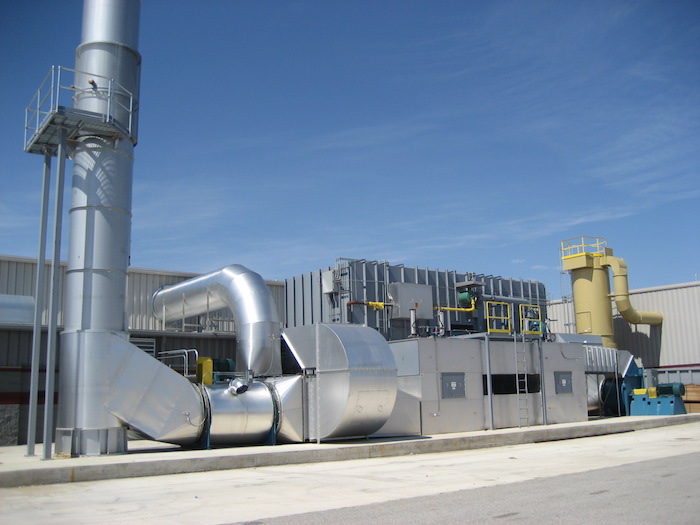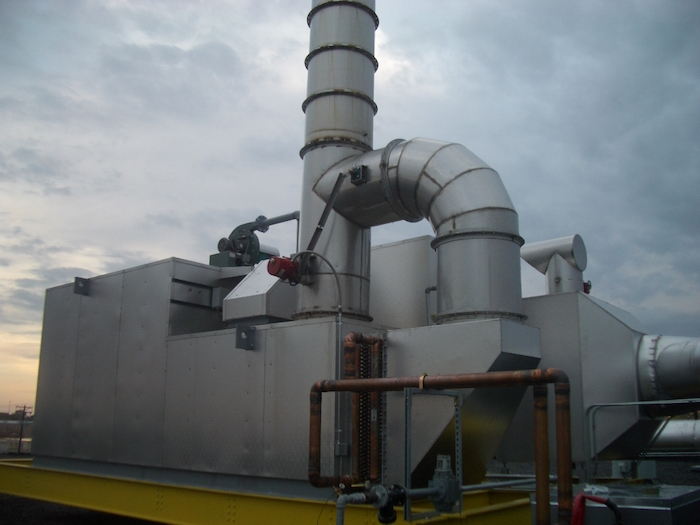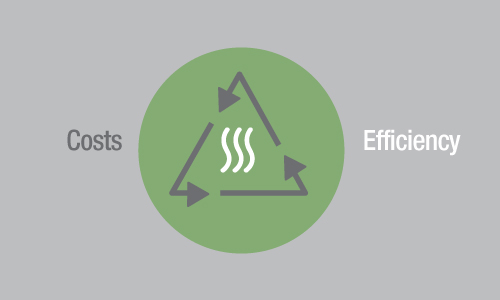Manufacturing facilities and plants are always looking for ways to increase efficiency and reduce production costs. Additionally, in recent decades, we have also seen a huge movement toward promoting sustainability and reducing the amount of energy needed to operate these facilities. This has led to the development of energy recovery systems that help plants and factories of all types become more efficient and reduce operating costs.
Energy recovery, also known as energy or heat exchange, is an effective way to reduce operating costs because it uses energy from a source you already have available. In a nutshell, these recovery devices collect energy that is generated as part of the production or manufacturing process and uses it to supply heat or energy for other processes.
Energy Recovery Systems and High-Temperature Emitting Devices


There are many different types of energy recovery systems available, and the best one for you will depend on your industry and facility layout. One of the most common energy recovery systems found today is used for new air pollution control systems (APCS). In addition, energy recovery systems can also be retrofitted and added to an existing APCS or any other type of high-temperature emitting device.
All recovery systems require a source of heat that typically ranges from 100°C (212°F) to 815°C (1,500°F) in order to be effective. Instead of exhausting this heat directly to atmosphere, these recovery systems allow factories to use this energy either in the same or in different processes. This results in lower operating costs and increased energy efficiency throughout the entire system.
Energy recovery systems can be categorized into 3 different groups: air-to-air, air-to-liquid, and air-to-waste heat recovery systems.
Air-to-Air Heat Recovery Systems
Air-to-air heat recovery systems are extremely efficient solutions that help capture heat from an exhaust stack. They are not as expensive as other types of energy recovery systems and still allow you to use the excess heat for a wide variety of purposes.
These heat exchanging mechanisms are designed for minimal pressure drop, so they don’t affect the upstream system’s functionality or performance. Moreover, the heated and filtered fresh air produced as a result can be used as process make-up air, used to maintain a building’s indoor temperature, and even replace the need for burners and heaters within the manufacturing process itself.
Air-to-Liquid Energy Recovery Systems
Air-to-liquid recovery systems are equipped with a heat transfer coil that’s installed within your system’s exhaust stack. These coils capture heat from the exhaust and use it to heat up and provide hot thermal oil, glycol, or hot water.
By implementing secondary energy recovery coils along with an integrated pump skid, these hot liquids can be distributed throughout your entire building and used to create comfort heat, provide supplementary heat to boilers, generate heated water for washing systems, and other uses.
Air-to-Waste Heat Boiler Energy Systems
If the temperature generated by your systems is high enough, you can also employ air-to-waste heat boiler energy systems. These divert the heat from the exhaust directly to a low-pressure heat boiler. This can enhance production capacity for factories and plants that use steam in any part of their processes, potentially allowing the main steam generator to work as a secondary system.
In Conclusion
With custom energy recovery units at your disposal, finding the most effective systems for your facilities is pivotal. Energy recovery systems allow you to cut energy costs and improve overall efficiency, enabling companies to become more sustainable without having to sacrifice profitability or their ability to deliver high-quality results on time.
If you are interested in learning more about custom energy recovery and transfer systems, get in touch with The CMM Group today. Feel free to fill out our online contact form or give us a call today.




